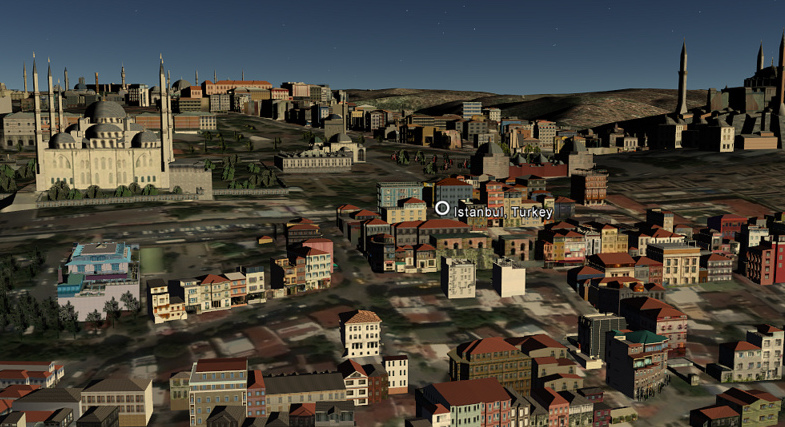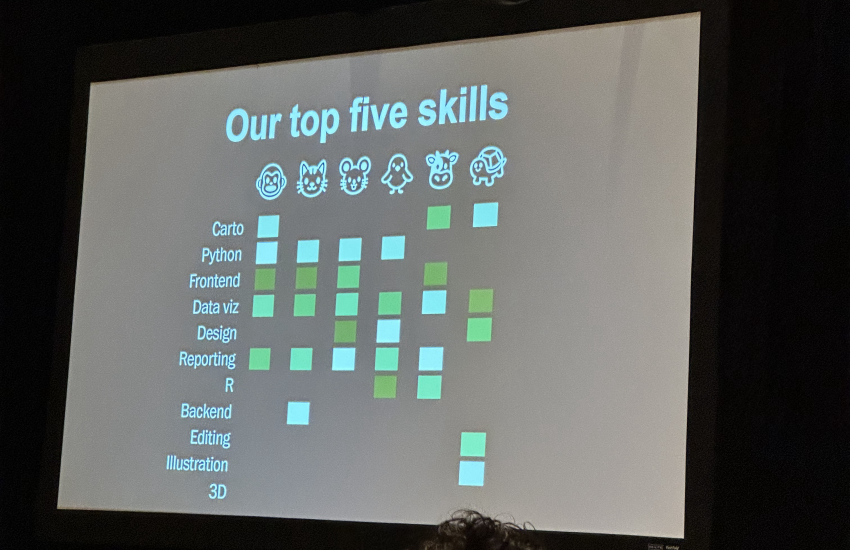Voxhop will help mediamakers record location-based audio in virtual reality
Journalists are often expected to not only be able to tell stories and know how to report but also to know how to code, design websites, shoot and edit video, record audio, and engage audiences through social media. It can feel like a lot to ask. Should we also expect them to know how to create VR experiences?
Journalism is currently salivating at the potential of VR to engage audiences and some newsrooms have already developed immersive experiences – The Guardian’s project on solitary confinement or The Washington Post’s tour of Mars. But making a VR experience that truly takes advantage of the medium requires approaching the story and the creative process in ways journalists aren’t necessarily accustomed to.
Ainsley Sutherland, a former fellow with BuzzFeed’s Open Lab and graduate of MIT’s comparative media studies program, recognizes this and wants to help. She recently won a grant from the Knight Foundation’s Journalism 360 Challenge to finish developing Voxhop, a VR tool for journalists that she started while at BuzzFeed.
Voxhop is “a tool that would allow journalists to upload, generate or construct a three-dimensional environment and narrate the scene from multiple perspectives,” according to the Knight Foundation’s site.
Say a journalist was reporting on an earthquake in Istanbul. After interviewing several different people in various locations around the city, the reporter might want to build a VR experience. She could send an email to her editor back in New York asking for a 3D model of the city. Then, a technologist in the newsroom might create one through Google Maps – or find a 3D model online – and share the file with her. The reporter would then put on a headset and, using Voxhop, walk through the 3D space, stopping here and there at locations where, in the real world, she interviewed people about their experience of the quake or where a building, once tall and beautiful, is now in ruins.
She could leave audio notes at these locations – by recording instructions like “insert audio file 228-Interviewee1 here” – or by recording her own audio. Next, as she begins working on her next story, the technologist and her editor would stitch the VR story together using her Voxhop notes and the audio files she recorded in the field.
The idea is that Voxhop will not only help newsrooms build VR stories faster – say, for breaking news – but also to spread out the technological and reporting responsibilities. Voxhop, Sutherland says, is a system for collaboration. This will hopefully create news content that takes advantage of the medium, creating spatial narratives with little extra effort on the part of the journalist.
Photo: Google Earth.
- How KTUU worked with Carto to create a map of the station’s 360 content - April 2, 2018
- Getting started with 360 video - March 8, 2018
- Voxhop will help mediamakers record location-based audio in virtual reality - July 31, 2017





